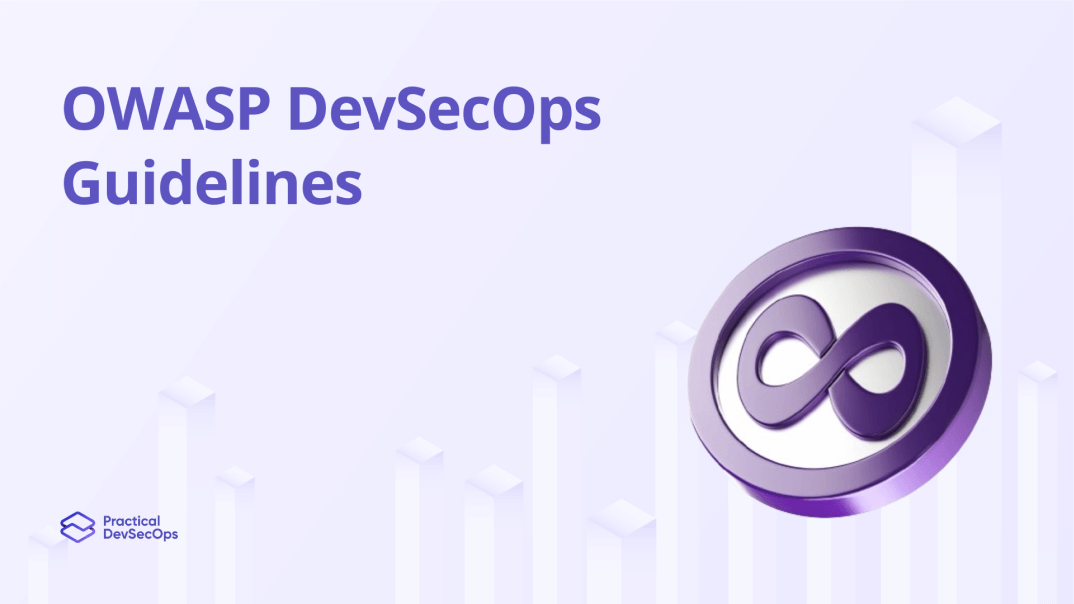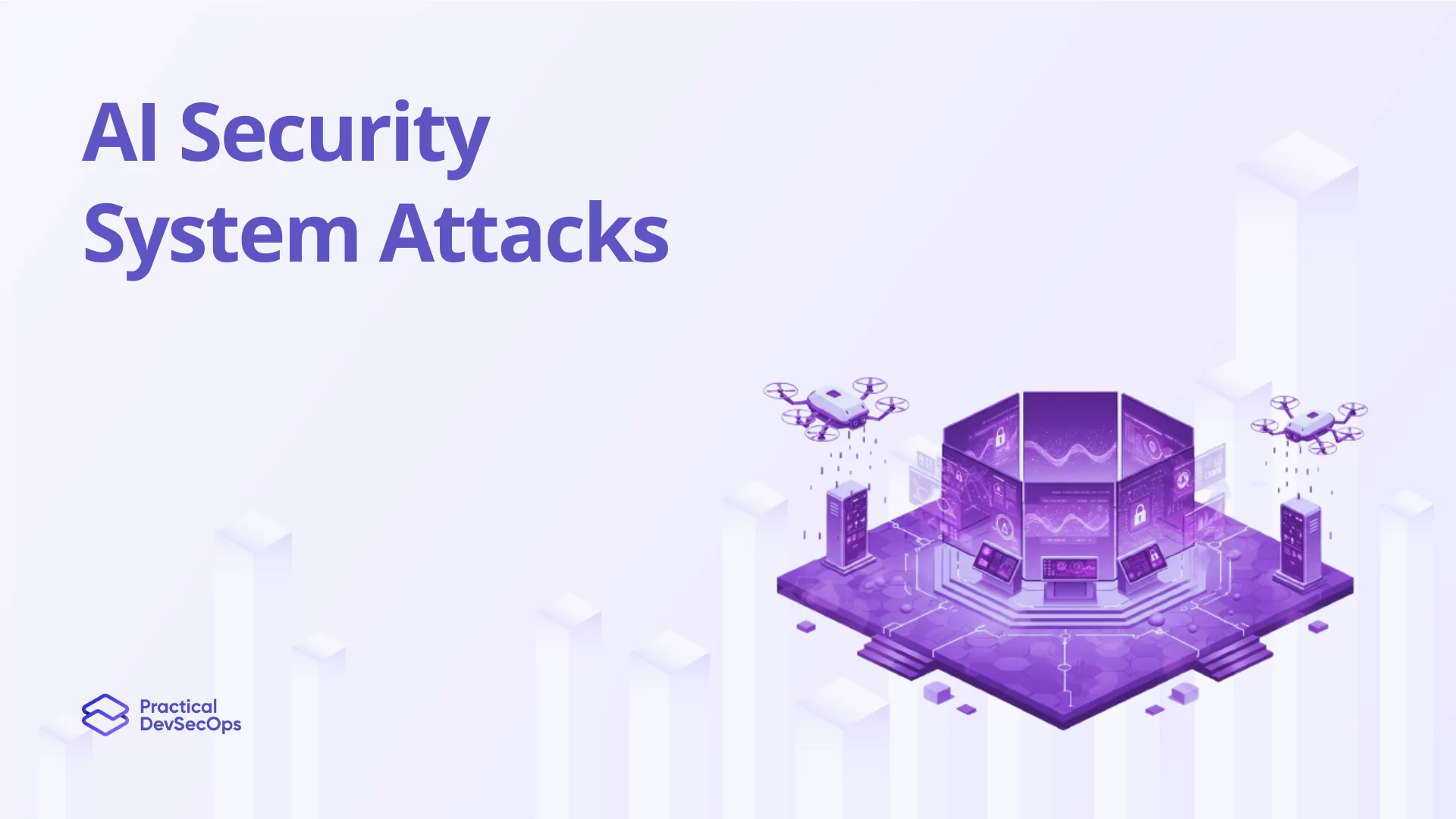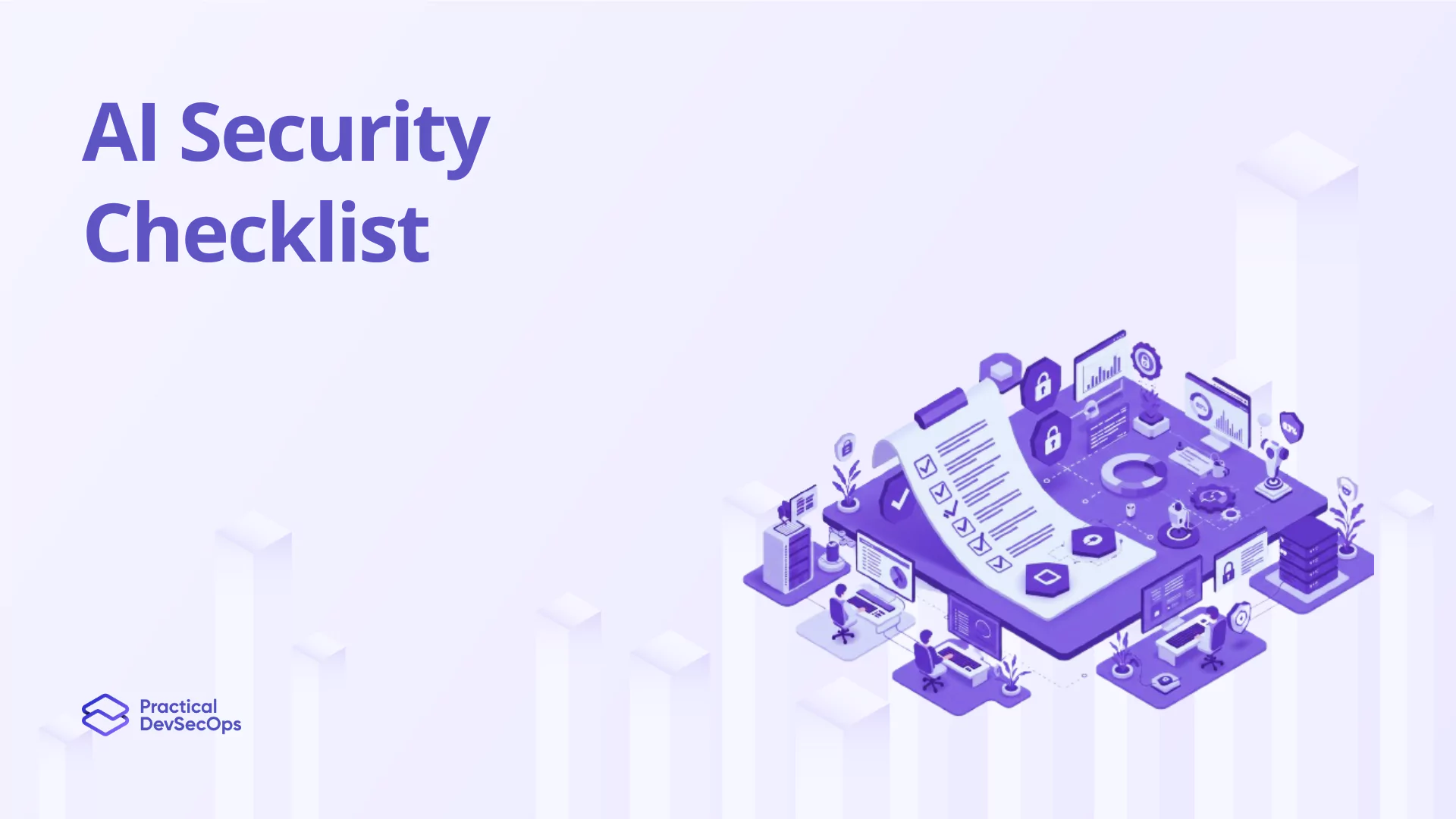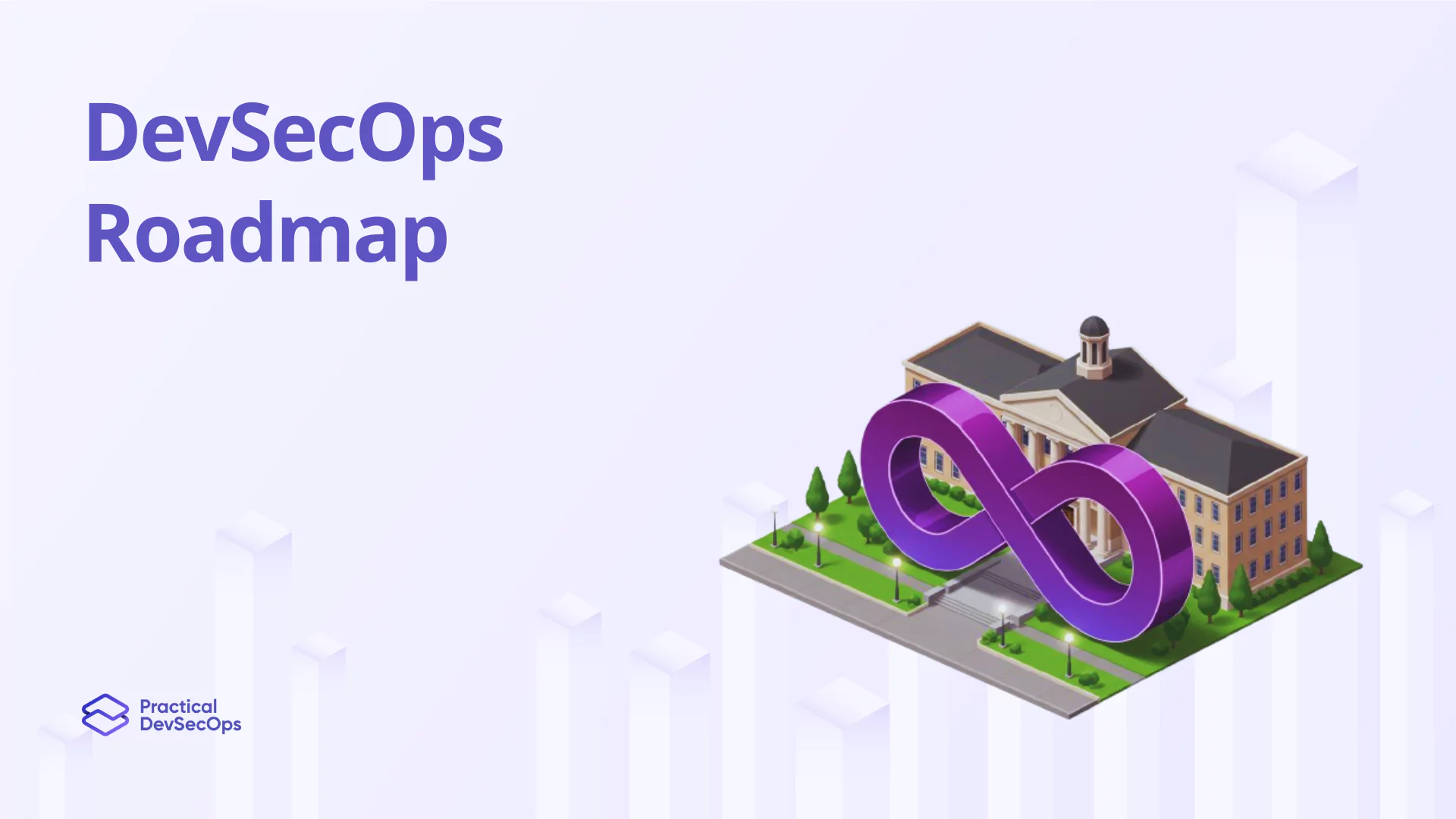In the ever-evolving realm of cybersecurity, organizations are constantly seeking ways to enhance their security posture and safeguard their invaluable assets. The OWASP DevSecOps Guidelines provide a comprehensive framework for integrating security into the development and operations lifecycle, ensuring that security is not an afterthought but rather an integral part of the software development process.
OWASP DevSecOps Guidelines v-0.2 – Latest
The OWASP DevSecOps Guidelines outline a set of best practices and recommendations for embedding security into the development pipeline. DevSecOps aims to shift security left, meaning that security considerations are addressed throughout the software development lifecycle, from planning and design to deployment and maintenance.
Threat Modeling
Threat modeling plays a crucial role in DevSecOps by identifying and analyzing potential threats and vulnerabilities early in the development process. It is a proactive approach that helps developers design secure applications and mitigate risks before they become costly issues.
Also Read, Best Way To Do Threat Modeling
Also Read, Types of Threat Modeling Methodology
Pre-commit
The pre-commit phase focuses on security activities that occur before code is committed to the repository and includes:
Secrets Management
Effectively managing secrets, such as API keys and passwords, is essential to prevent unauthorized access and data breaches. The OWASP DevSecOps Guidelines recommend using centralized secret management solutions and employing encryption techniques to safeguard sensitive information.
Linting Code
Linting refers to the process of analyzing code for potential security flaws and styling issues. Static code analysis tools can be integrated into the development workflow to identify and address such issues early on.
Vulnerability Scanning
Vulnerability scanning involves identifying and evaluating known vulnerabilities in software applications and infrastructure components. The phase includes:
Static Application Security Testing (SAST)
SAST tools examine the source code of an application to identify potential vulnerabilities such as SQL injection, cross-site scripting (XSS), and many other technical errors.
Dynamic Application Security Testing (DAST)
DAST tools scan a running application to detect vulnerabilities that may be exploitable during runtime.
Interactive Application Security Testing (IAST)
IAST (Interactive Application Security Testing) is a security testing approach that integrates automated vulnerability scanning with the runtime analysis of an application. Unlike traditional security testing methods, IAST dynamically monitors an application while it is running, providing real-time feedback on security vulnerabilities. By analyzing the application’s behavior during runtime, IAST can detect and identify vulnerabilities that may not be caught by other testing methods
Here is a brief overview for DevSecOps Career Path
Software Composition Analysis (SCA)
SCA tools analyze third-party libraries and components used in an application to identify known vulnerabilities.
Infrastructure Vulnerability Scanning
Infrastructure vulnerability scanning identifies vulnerabilities in operating systems, network devices, and other infrastructure components.
Also Read, Best DevSecOps Tools
Container Vulnerability Scanning
Container vulnerability scanning identifies vulnerabilities in container images and orchestrators.
Privacy
Privacy considerations are crucial in DevSecOps, ensuring that personal data is collected, stored, and processed in compliance with privacy regulations.
Compliance Auditing
Compliance auditing involves assessing an organization’s security practices against regulatory requirements and industry standards. The phase helps ensure that the organization’s security posture meets the necessary compliance requirements.
Conclusion
By adopting the OWASP DevSecOps Guidelines, organizations can significantly enhance their security posture, reduce the risk of cyberattacks, and build a more secure and resilient software development lifecycle. The integrated approach of DevSecOps fosters a culture of security throughout the organization, ensuring that security is not an afterthought but an integral part of the software development process.
Source: https://owasp.org/www-project-devsecops-guideline/latest/
Interested in Upskilling in DevSecOps?
Practical DevSecOps offers an excellent Certified DevSecOps Professional (CDP) course with hands-on training through browser-based labs, 24/7 instructor support, and the best learning resources to upskill in DevSecOps skills.
Start your team’s journey mastering DevSecOps today with Practical DevSecOps!
Also Read, DevSecOps Best Practices







0 Comments